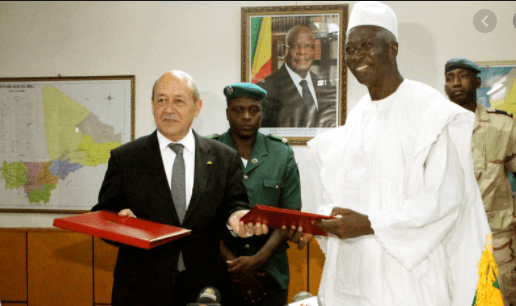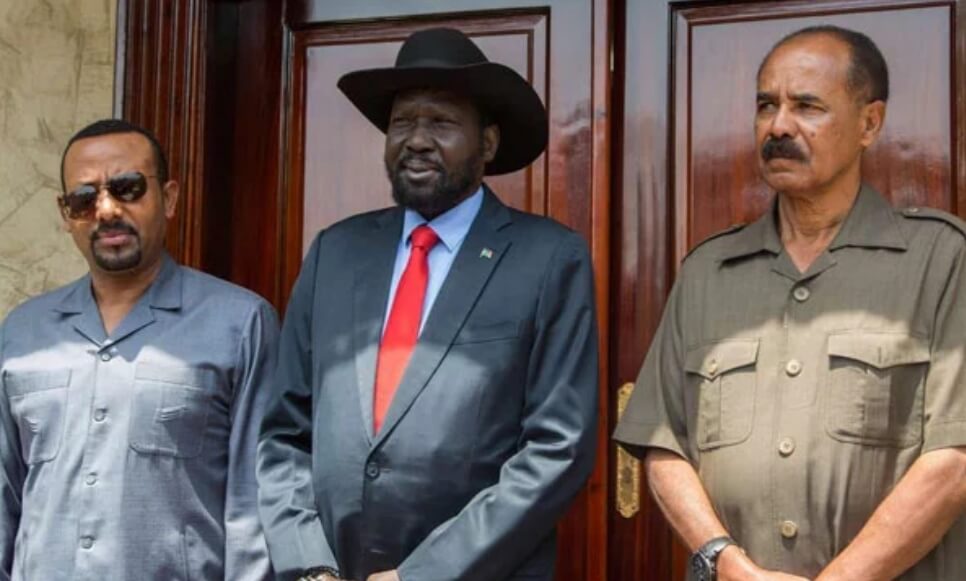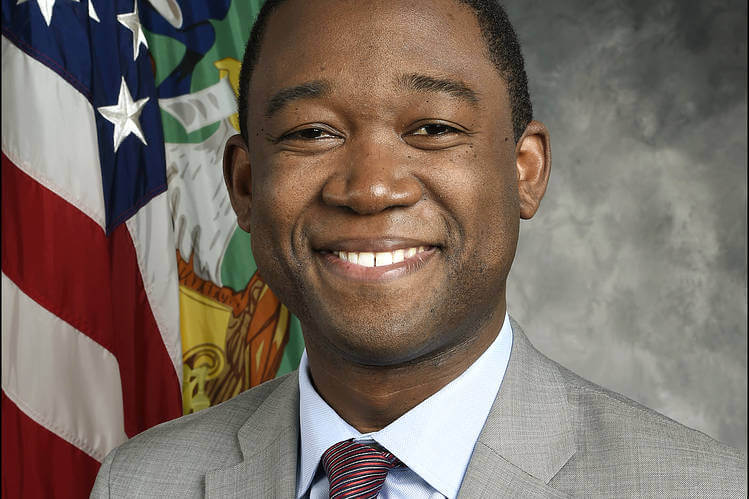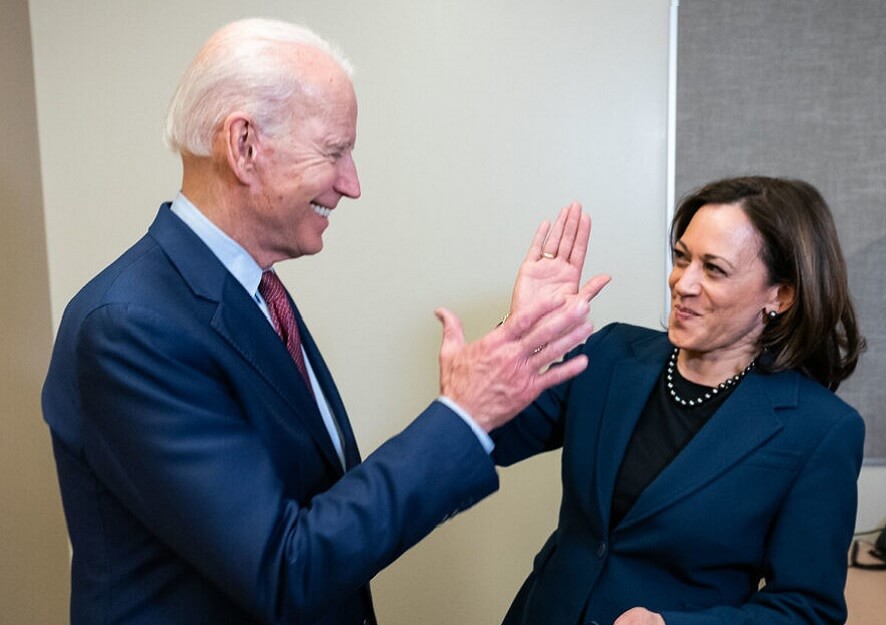
Photo: North Korea’s leader, Kim Jong-Un (left) / © Getty Images; and South Korea’s president, Lee Jae-myung (right) / © SeongJoon Cho / Bloomberg.
The dream of a united Korea, where North and South reconcile after decades of division, is both an aspiration and a challenge. The Korean Peninsula, split since the end of World War II, stands as a reminder of how ideology, geopolitics, and history can fracture a shared identity.
Despite the insurmountable barriers, a reunited Korea is possible through patient diplomacy, trust-building, and a shared vision for a prosperous future. The path forward requires both Koreas to prioritize mutual benefit, with the international community playing a supportive, not domineering role.
Korea, unified for centuries, fell under Japanese colonial rule in 1910, enduring 35 years of occupation until Japan’s surrender in August 1945. As World War II ended, the Allied powers, primarily the United States and Soviet Union, stepped in to manage Korea’s liberation. At the Potsdam Conference, they agreed Korea would gain independence, but no clear plan for governance emerged.
Instead, a hasty decision divided the peninsula at the 38th Parallel, with the U.S. occupying the south and the Soviets the north, to accept Japan’s surrender. This arbitrary line, drawn without Korean input, became the seed of division. From 1945 to 1948, the two superpowers shaped their respective zones.
The Soviets installed Kim Il-sung, adopting a communist regime in the north, while the U.S. backed Syngman Rhee’s anti-communist government in the south. The UN recognized South Korea as legitimate, but Soviet support for the North solidified the divide. The Korean War, erupting on June 25, 1950, when North Korea invaded the South, aimed to forcibly unify the peninsula under communism.
The conflict, drawing in U.S.-led UN forces and Chinese troops, devastated Korea, killing millions. It ended in a stalemate with the 1953 armistice, not a peace treaty, leaving the peninsula split along the Demilitarized Zone (DMZ) near the 38th Parallel.
North Korea became a totalitarian state, while South Korea developed into a capitalist democracy, each aligned with opposing superpowers. Understanding this history stresses the challenges of reunification today, as the ideological and geopolitical roots of the split remain deeply embedded.
Skeptics will argue that reunification is impossible without collapse or coercion; yet, history shows that even rigid systems can evolve when offered the right incentives.
Germany’s reunification, while imperfect, offers lessons. Careful planning, international funding, and transparent communication can mitigate the economic and social shocks of merging two disparate systems. Korea’s case is unique, with greater disparities and ongoing military tensions, but the German model suggests that unity is not a pipe dream.
The first step toward unity lies in restarting meaningful dialogue. History shows that moments of agreement, like the 2018 inter-Korean summits, can reduce tensions and increase the push for goodwill. Although it is arguable that these summits may have their limitations, but sometimes they open doors for a continuous dialogue that may eventually pave a way.
Gradual integration, perhaps through a confederation model where both sides retain some autonomy, could ease the transition. Reviving the Six-Party Talks, which were a series of multilateral discussions between North Korea, South Korea, the U.S., Japan, China, and Russia, could ensure no sides feel threatened by a reunified Korea.
“The elephant in the room is North Korea’s nuclear arsenal, a source of both pride and paranoia for its leadership” said a German-reunification witness who strongly still believes “a united Korea is possible, maybe not in my lifetime but absolutely not impossible.”
Denuclearization is non-negotiable for South Korea and its allies, but it cannot be demanded without offering security guarantees in return. Geopolitically, South Korea’s alliance with the U.S., complicates matters. North Korea perceives U.S. military presence with 28,500 troops in South Korea as a threat.
Without security guarantees or a scaled-back U.S. role, North Korea’s leadership, prioritizing regime survival, is unlikely to embrace reunification, especially under a South-led model. But, tying the North’s disarmament to economic aid and non-aggression pledges from the U.S., could break the deadlock.
Small gestures like family reunions for those separated by the DMZ, joint cultural events, or even shared participation in international sports can humanize the other side and chip away at decades of propaganda. These acts are not mere symbolism; they plant seeds of trust in populations taught to fear one another.
For South Koreans, particularly younger generations skeptical of reunification’s costs, such exchanges could rekindle a sense of shared identity. For North Koreans, exposure to the outside world, even in limited ways, might slowly wear down some of the older generation’s minds of the issue of their country’s narratives on isolation.
Economic cooperation offers another bridge. The Kaesong Industrial Complex, where South Korean businesses once operated in the North, proved that economic interdependence can create mutual incentives for peace. Reviving such projects, or investing in cross-border infrastructure like railways, could symbolize a commitment to a shared future while addressing North Korea’s dire economic needs.
South Korea’s technical expertise could modernize the North’s agriculture or energy sectors, narrowing the yawning gap between their economies, since South Korea’s GDP per capita is over 20 times higher than the North’s. But this must be done carefully, avoiding sudden market shocks that could destabilize the North’s fragile system.
Quiet assurances to North Korean elites, paired with gradual reforms, could pave the way for a confederation or federal system that respects both sides’ identities while moving toward a singular state. South Korea, too, must confront its own hesitations. Leaders must make the case that unity, while costly, promises a stronger, more stable peninsula in the long run.
Hypothetically, if North and South Korea achieve lasting peace, the implications would ripple across Northeast Asia and the global stage, nurturing stability, economic growth, and diplomatic progress.
In my opinion, such a breakthrough would transform the region from a flashpoint of tension into a hub of cooperation, while offering the world a model for resolving entrenched conflicts.
For Northeast Asia, peace between the Koreas would significantly reduce the risk of conflict, which currently looms over the region due to “North Korea’s nuclear arsenal and frequent provocations…”, said a US-based student who shared their opinion on the topic. The Korean Peninsula, home to the heavily militarized DMZ, is one of the world’s most volatile zones.
A peace agreement would lower the chance of accidental escalations or war, benefiting neighbors like China, Japan, and Russia. South Korea and Japan, both U.S. allies, could redirect defense spending toward economic and social priorities, while China would gain a more stable southern border, reducing its need to prop up North Korea as a buffer state.
This would also benefit China’s Belt and Road Initiative by creating new trade routes, and Japan by opening more markets for its goods. A peaceful peninsula could also attract investment to Northeast Asia, as investors gain confidence in a region no longer overshadowed by conflict. Over time, reducing North Korea’s economic isolation could stabilize its economy.
Socially and culturally, peace would foster greater connectivity. Family reunions and cultural exchanges could heal decades of division, inspiring similar reconciliation efforts in other divided regions. South Korea’s global cultural influence, through K-pop and media, could strengthen a narrative of peace, drawing tourism and soft power to the peninsula.
Globally, the benefits would be equally profound. A peaceful Korean Peninsula would reduce the risk of a nuclear crisis, easing global anxieties about proliferation. North Korea’s nuclear program has long been a sticking point in international non-proliferation efforts; its resolution could strengthen treaties like the NPT and embolden efforts to address other rogue nuclear states.
The U.S., freed from the need to maintain a heavy military presence in South Korea, could reallocate resources, while China and Russia might find common ground with the West on global security issues, reducing great-power tensions.
The road to a reunited Korea is neither short nor straight. It demands patience, pragmatism, and a willingness to prioritize shared humanity over political posturing. The world, watching closely, should support this journey without dictating its terms, letting Koreans shape their own destiny.
Written by Oral Ofori
Oral Ofori is Founder and Publisher at www.TheAfricanDream.net, a digital storyteller and producer, and also an information and research consultant.





